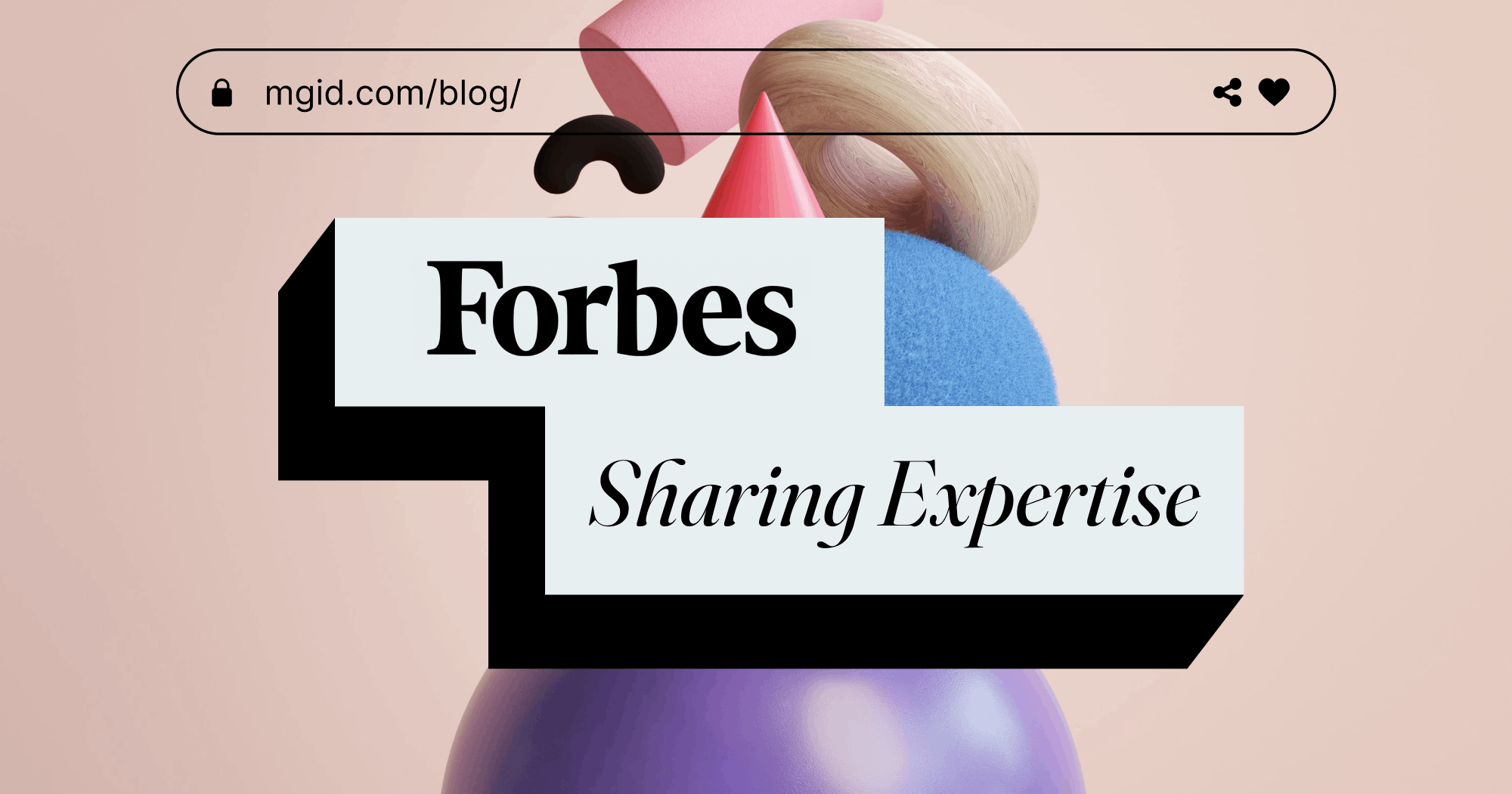In a world where consumers are bombarded with ads everywhere they go, authenticity—the quality of being honest, genuine and trustworthy—is the key to breaking through the attention barrier. Authenticity can be hard to pin down, but its consequences are clear: Edelman found that 88% of consumers rate trust as critical or important when deciding which brands to buy or use, while Gen Z is notorious for being able to sniff out authenticity.
Authenticity is usually brought up in more personally expressive channels such as podcasts, where host-read ads have stormed the digital airwaves, or influencer advertising, where audience connection can be leveraged to uplift brand perception. But how can authenticity be achieved on the open web?
I believe the secret to authentic advertising is cohesion between the message and the medium. If the two have been thoughtlessly mashed together, the consumer may be left with the impression that neither the advertiser nor the publisher cares about the quality of their experience, and therefore they could lose trust in both.
However, if the ad perfectly uses the format and the placement fits seamlessly within the page, the visitor is more likely to feel that the user experience has been respected and engage with the content rather than quickly scroll past in irritation.
Native Ads: Authentic By Design
Native ads are designed to be unobtrusive, blending with the existing content or complementing the broader web design to provide an elegant, high-quality ad experience with minimal interruptions. They can be customized to feel even more purposeful and deliver premium formats such as full-page takeovers. Such formats offer advertisers and publishers the opportunity to cooperate on attention-grabbing campaigns that feel authentic to their respective brand identities and purposes.
The inherent sense of authenticity that well-implemented native ads can achieve is further boosted when combined with contextual advertising, which matches ads with their surroundings based on content themes and sentiment, as well as live activity gleaned from non-identifiable user signals. When the ad creative is contextually relevant and perfectly complements its surroundings in both aesthetic and performance, the advertiser and publisher achieve peak authenticity.
At its best, native advertising achieves a curated feel reminiscent of premium, glossy magazines. The likes of Vogue are renowned and respected, maintaining a dedicated readership despite committing many of their pages to ads. Not only are the ads accepted, but they have become an inherent part of the experience. This perfect alignment between commercial and creative content demonstrates an authenticity that advertisers and publishers on the open web should aspire to.
Advertisers And Publishers Must Align Their Interests
In the programmatic ecosystem, advertisers can only develop creative for and distribute to the formats that are available in the market. This means it’s up to publishers to incorporate native ad formats on their sites to provide the supply that will create demand.
Of course, implementing native ad formats requires effort on the publishers’ part, particularly if they pursue custom formats to maximize cohesion with the page. This is where the publisher might ask, “What’s in it for me?”
Native ads can uplift brand awareness and drive increased consumer purchase intent. By fitting seamlessly on the page, they can help overcome the “banner blindness” issue (where users have unconsciously trained themselves to ignore display advertising), leading to more eyes-on time and delivering higher click-through rates than a typical display ad. The initial investment may be steeper than slapping some banners on a page, but the long-term payoff for publishers is often higher CPMs.
But CPMs aren’t everything, especially when it comes to authenticity. After all, a dogged pursuit of raising CPMs can come at the cost of the user experience. Native ads’ primary strength for publishers is not simply in raising CPMs, but in raising average revenue per user, as they create a more enjoyable ad experience for consumers and thus can improve audience retention.
Once publishers make native formats available, the next barrier is advertisers adopting them. Advertisers are often hesitant to explore additional traffic sources outside their usual streams, as they require changes to the creative pipeline. They tend to stick with what they know instead. This is an area where artificial intelligence can help alleviate advertiser burdens by automating creative versioning, allowing them to take advantage of a range of formats while minimizing the asset creation workload, particularly when it comes to asset repurposing. OpenAI’s DALL-E, Stable Diffusion XL and Adobe Firefly are three tools advertisers can try. (Full disclosure: My company, MGID, used to offer our advertisers access to DALL-E through our platform, but now we’ve integrated it with Stable Diffusion XL.)
It’s up to publishers and ad tech intermediaries to promote the benefits of native advertising to advertisers, and up to advertisers to explore its possibilities. With alignment between both ends of the supply chain, authentic advertising can proliferate on the open web through native formats, strengthening the bonds between advertisers, publishers and consumers.





